New IBEC group creates ‘fitness heatmaps’ of gene mutations
 The start of the autumn semester finds a new face in IBEC’s research community, with Dr. Benedetta Bolognesi joining the institute as junior group leader.
The start of the autumn semester finds a new face in IBEC’s research community, with Dr. Benedetta Bolognesi joining the institute as junior group leader.
Benedetta has come from Barcelona’s Centre for Genomic Regulation, where she was a postdoc in Ben Lehner’s and Gian Gaetano Tartaglia’s groups. At IBEC she will launch and lead the Protein Phase Transitions in Health and Disease group.
During her postdoc, Benedetta focused on why certain genes are toxic when over-expressed. She found that, in some cases, they cause toxicity because the proteins they code for end up forming a different liquid phase in the cytoplasm.

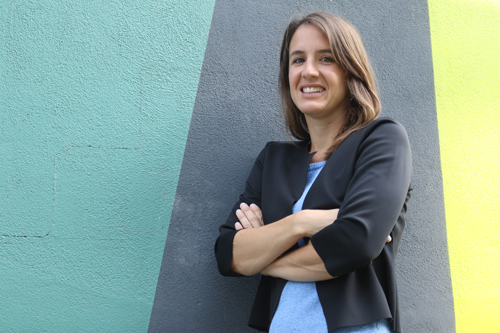
 The start of the autumn semester finds a new face in IBEC’s research community, with Dr. Benedetta Bolognesi joining the institute as junior group leader.
The start of the autumn semester finds a new face in IBEC’s research community, with Dr. Benedetta Bolognesi joining the institute as junior group leader.
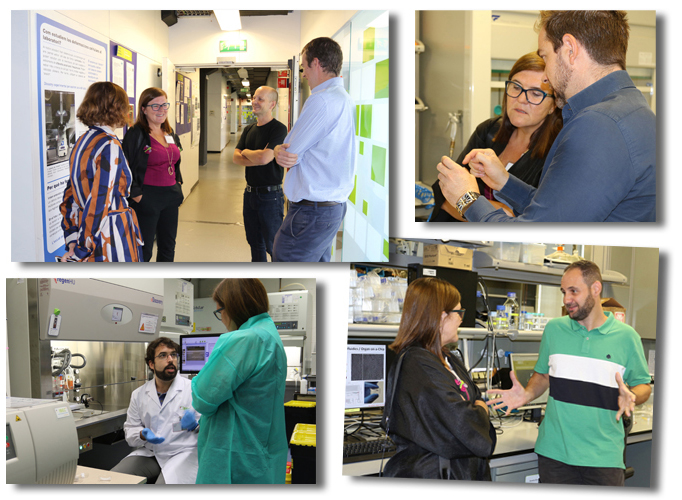 Today IBEC welcomed the new Director General of Research, Development, and Innovation of the Spanish Ministry of Science, Innovation and Universities (MINECO) to meet some of the group leaders and hear about their research.
Today IBEC welcomed the new Director General of Research, Development, and Innovation of the Spanish Ministry of Science, Innovation and Universities (MINECO) to meet some of the group leaders and hear about their research.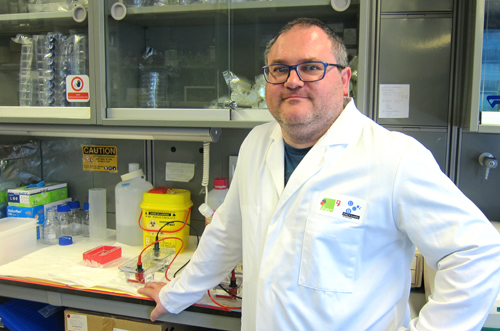
 IBEC is celebrating its sixth Caixaimpulse success, with Eduard Torrents’ project ‘BiofilmChip: personalized treatment for biofilm infections’ winning support in the programme’s fourth round.
IBEC is celebrating its sixth Caixaimpulse success, with Eduard Torrents’ project ‘BiofilmChip: personalized treatment for biofilm infections’ winning support in the programme’s fourth round.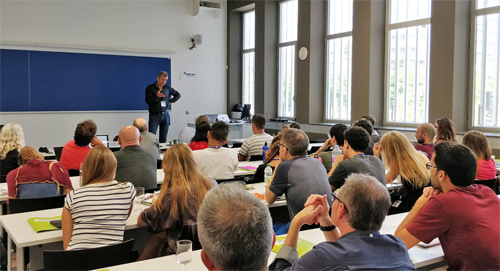
 More than thirty students from all over the world have arrived at the UPC Campus Diagonal-Besòs for the 11th Barcelona Cognition Brain and Technology summer school (BCBT2018), an annual event co-organised by IBEC’s SPECS group.
More than thirty students from all over the world have arrived at the UPC Campus Diagonal-Besòs for the 11th Barcelona Cognition Brain and Technology summer school (BCBT2018), an annual event co-organised by IBEC’s SPECS group.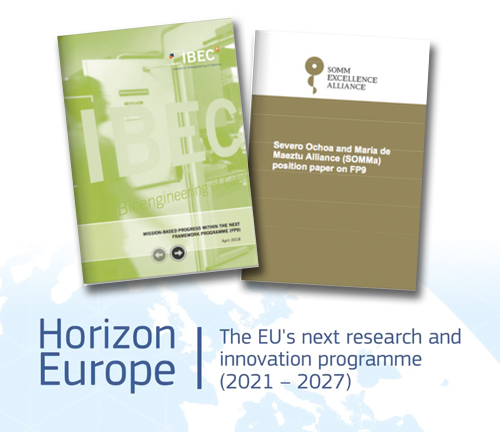
 The European Commission has published its proposal for the next framework programme in research and innovation,
The European Commission has published its proposal for the next framework programme in research and innovation, 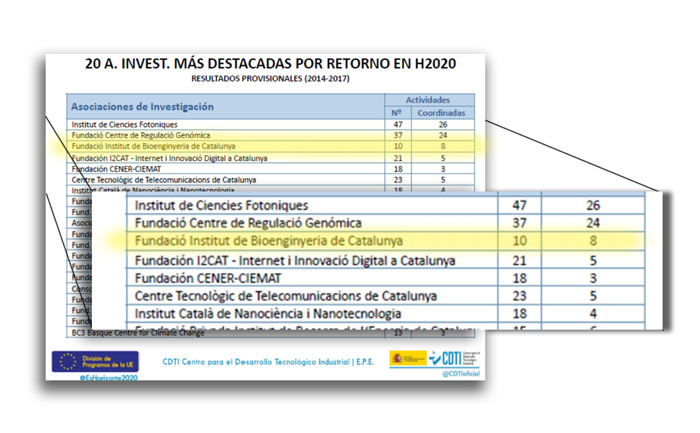
 IBEC is listed as an ‘outstanding’ Spanish research centre for Horizon 2020 funding in a recent report published by the Centro para el Desarrollo Tecnológico Industrial (CDTI).
IBEC is listed as an ‘outstanding’ Spanish research centre for Horizon 2020 funding in a recent report published by the Centro para el Desarrollo Tecnológico Industrial (CDTI). 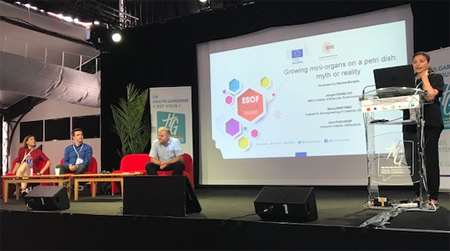
 This week IBEC group leader Elena Martinez is in Toulouse for the EuroScience Open Forum (ESOF), the largest interdisciplinary science meeting in Europe, where she is taking part as a speaker.
This week IBEC group leader Elena Martinez is in Toulouse for the EuroScience Open Forum (ESOF), the largest interdisciplinary science meeting in Europe, where she is taking part as a speaker.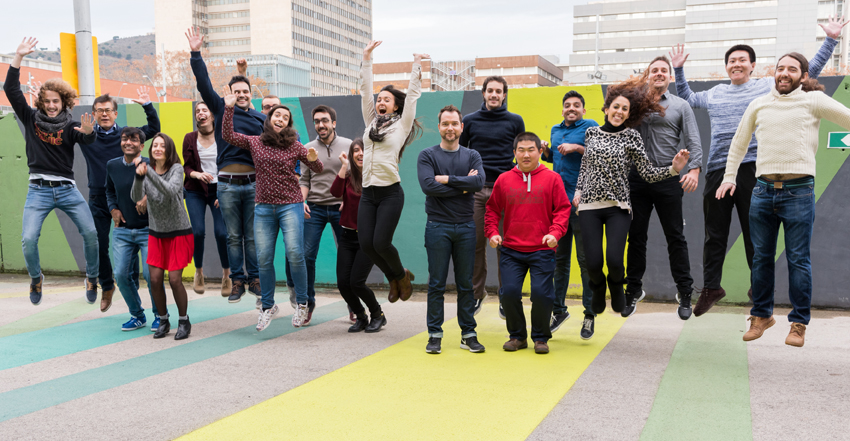
 An IBEC project has won funding from the BBVA Foundation under its ‘Ayudas a Equipos de Investigación en Biomedicina’ funding programme.
An IBEC project has won funding from the BBVA Foundation under its ‘Ayudas a Equipos de Investigación en Biomedicina’ funding programme.
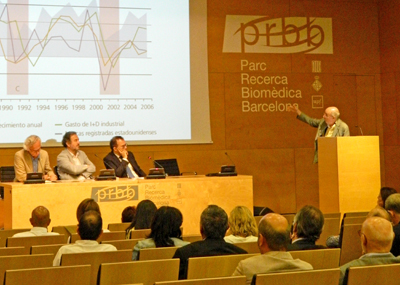 Last month IBEC Director Josep Samitier was one of the panelists in a round table organised by the Cercle de Salut, an association devoted to improving the health system so that it may respond adequately to the challenges posed by society.
Last month IBEC Director Josep Samitier was one of the panelists in a round table organised by the Cercle de Salut, an association devoted to improving the health system so that it may respond adequately to the challenges posed by society.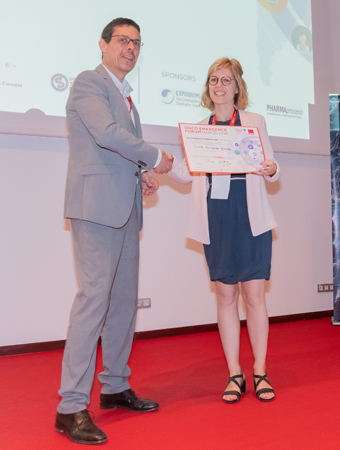
 An IBEC project pitch won third prize in a Technology Transfer Competition at last week’s Onco Emergence Forum.
An IBEC project pitch won third prize in a Technology Transfer Competition at last week’s Onco Emergence Forum.